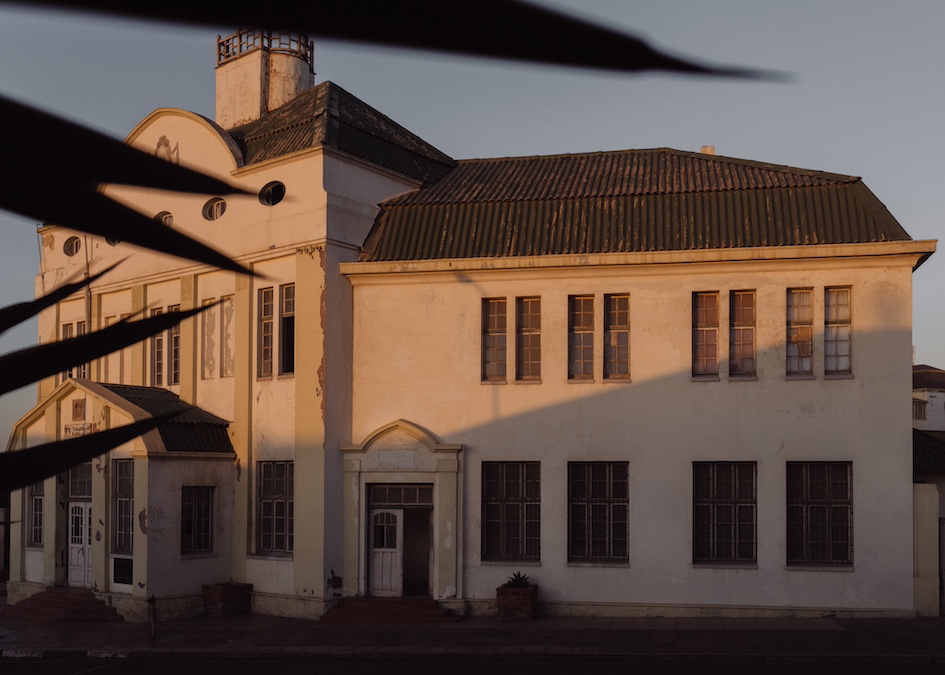
Lüderitz
For his work “Lüderitz”, Tim Gassauer photographed two places that both bear the name “Lüderitz”. First, there was a small village in the middle of the Altmark in northern Saxony-Anhalt, which was given this name as the ancestral seat of the von Lüderitz family. Later, in 1834, a certain Adolf Lüderitz emerged from this family. He was a merchant and tobacco trader from Bremen. After several other, largely unsuccessful foreign expeditions, Adolf Lüderitz set out to find an area on the African continent that he could offer to the German Empire as a colony.
He found what he was looking for on a coastal strip of what is now Namibia, which he “acquired” in 1883 from the !Aman, a Naman community from Bethany. In the purchase contract Adolf Lüderitz and his negotiator Heinrich Vogelsang deliberately deceived the !Aman by recording the width of the coastal strip with a geographical mile almost five times as long instead of the (locally customary) English mile. All subsequent protests by the !Aman, which followed the discovery of the fraud that later became known as the “mile fraud”, were to no avail. Lüderitz used the same approach to “buy” further coastal strips further north from other independent Nama groups. At the same time, he successfully lobbied the still hesitant Chancellor Bismarck to place his acquisitions in South West Africa under “German protection” and thus establish the first colony of the German Empire.
When Adolf Lüderitz disappeared without a trace in 1886 while searching for diamonds, the then still insignificant port settlement on this coastal strip was named “Lüderitz Bay” (later “Lüderitz”) in his honor. The colonial period, which lasted until 1915, was characterized by material and human exploitation, which reached its cruel climax in the genocide of the OvaHerero and Nama. On the orders of Commander-in-Chief Lothar von Trotha, the German Reich waged a bitter war of extermination against the resistant ethnic groups from 1904 onwards and, in addition to massive military attacks, also set up concentration camps (already known as such at the time).
At the beginning of the First World War, the former German colony was occupied by South African troops and only gained its independence in 1990. Even after “German South West Africa” ceased to exist, the magnificent colonial buildings in Lüderitz, which date back to the diamond mining era, were preserved and still point to the historical connection between Germany and Namibia. However, Germans were reluctant to take responsibility. It is primarily thanks to civil society activism and the commitment of descendant associations that the situation seems to have changed in recent years.
The two towns of Lüderitz act as a visual setting for negotiations of the past. Here, excerpted, condensed shots of landscapes, architecture are combined with portraits. “Lüderitz” can hopefully serve as a catalyst to remember and incite an in-depth discourse on colonial conditions and crimes as well as their continuities.
‘Lüderitz’ was self-published in May 2024 as a book with 87 photographs and texts by Werner Hillebrecht and Lucia Halder. More information about the book and how to order can be found at www.timgassauer.com












